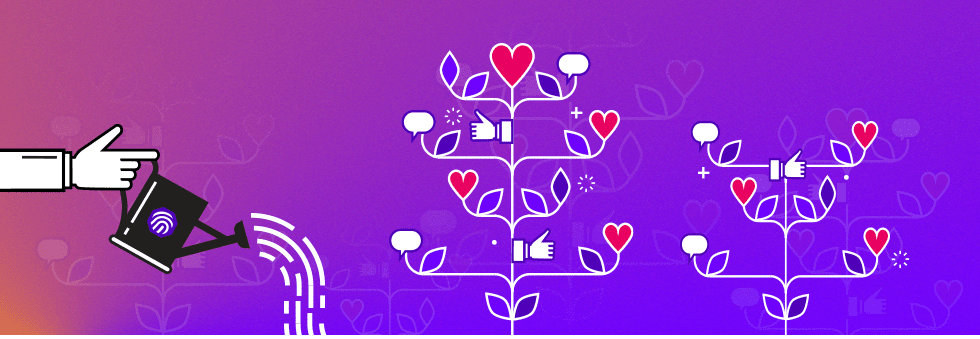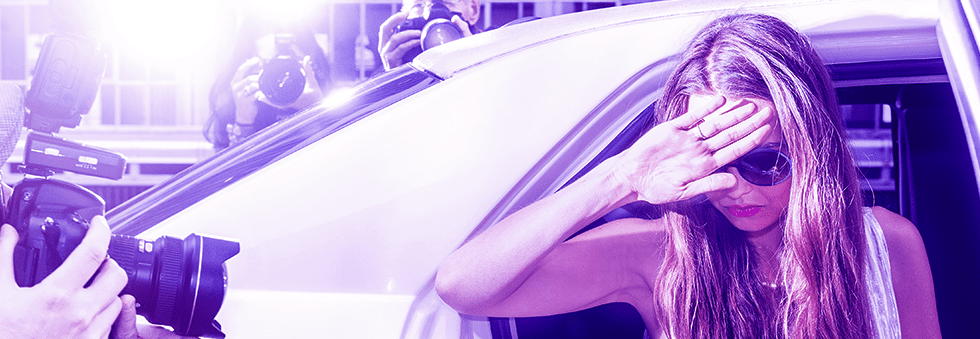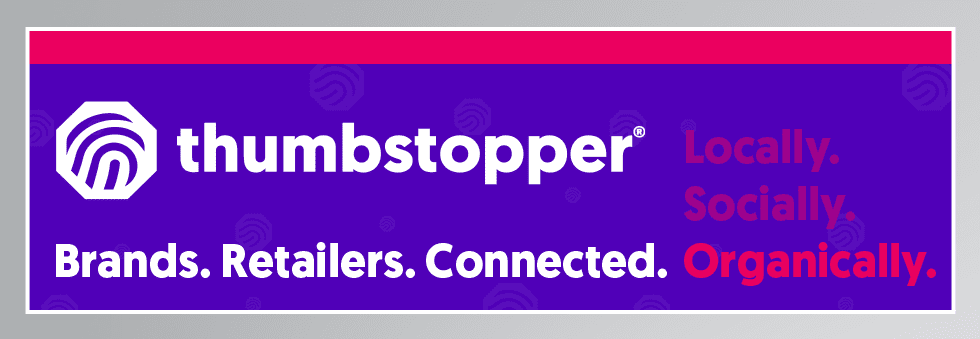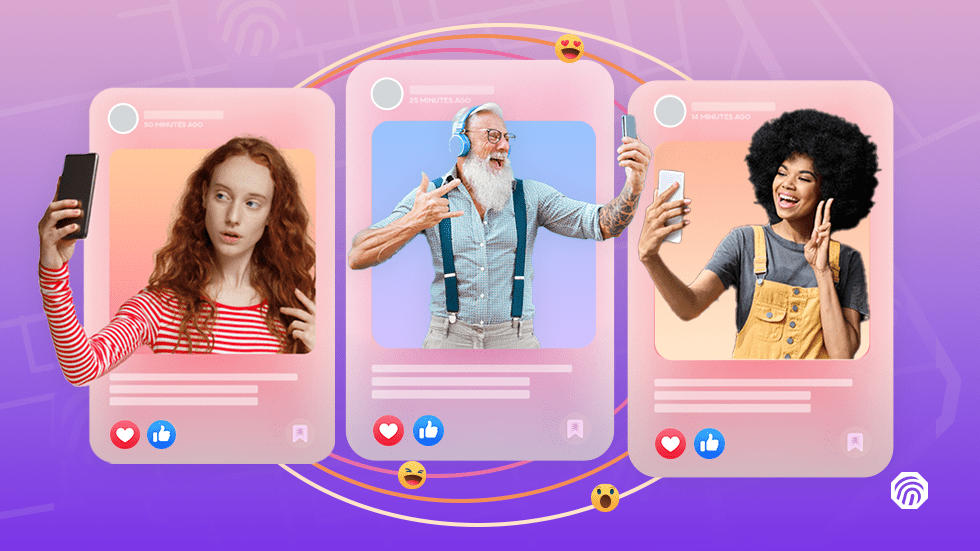Influencer marketing, the partnerships between brands and influencers to promote products to a specific audience, has become more lucrative the longer social media is around. If you’re active on social media you’ve observed the explosion in popularity of influencers for every interest or hobby imaginable in real-time. The data backs that up: the influencer marketing industry was projected to reach $16.4 billion in 2022.
Why is the industry’s growth so persistent?

Social media has radically changed digital advertising. In contrast to steadfastly ignoring display ads while browsing the internet, social media users willingly interact with ads that appear in their social feeds. Social platforms empower brands to have two-way conversations with their customers.
Influencers are effective because followers view their favorite influencers as personal friends making product recommendations. Most people want to hear from friends, family, and other consumers about the quality of a product or service before they pay for it. In fact, 79% of survey respondents said that friends and family heavily influence their purchasing decisions. Instead of just asking their most fashionable friends for advice on where to buy jeans, now users can see what their favorite influencer recommends (and maybe even get a discount with their affiliate code).
Effective influencer campaigns leverage the trust of their audience to execute more efficient social advertising campaigns. Influencers have proven to be worth the investment. Global social commerce was expected to reach $992 billion in 2022.
Nevertheless, partnering with an influencer isn’t as simple as identifying whose personal branding fits your values and product. Your brand’s marketing team might understandably assume that finding the influencer with the largest following whose niche your products fit into will be the best fit. Unless you’re working with a large budget with the goal of capturing untargeted impressions, a high follower count won’t net the best results.
Let’s examine the pros and cons of influencers with different follower sizes.
Macro-Influencers
Mega and macro-influencers, with follower counts between 100,000 and 1 million, are either celebrities or have achieved celebrity status through their influencing careers. They’re in higher demand due to their vast audience. Their audience is broad, meaning that brands they partner with cannot expect to reach a highly targeted audience.

Products with widespread appeal can be expected to perform reasonably well when promoted with carefully selected macro-influencers. Headphone company Raycon has had success in gaining endorsements from celebrities like Cardi B and Quavo, peddling musician-approved earbuds for an affordable price. They’ve capitalized off those celebrities’ expertise and broad reach to show consumers how they can be just like their favorite artist at a price they can afford.
On the other hand, macro-influencers are expensive for brands to work with. An Instagram post from one of these creators can cost $10,000. Their status as celebrities means that their audience won’t view them as friends making product recommendations. Their lives don’t look like that of everyday people so their perceived authenticity is significantly lower.
With a less niche audience, macro-influencers are free to take sponsorships from a variety of product types. They might partner with brands you don’t want to be associated with through the mutual connection of that influencer. Take, for example, Kim Kardashian’s endorsement of “detox tea” products that sparked outrage in the U.S. Senate. The ability to grab national attention isn’t always a good thing.
Micro-Influencers
Micro-influencers have between 10,000-50,000 followers. These smaller creators find their niche audience and build personal connections with them. They don’t reach as many people as macro-influencers, but the impact on their audience is greater: micro-influencers have proven to have better rates of engagement. Instagram engagement rates for micro-influencers average 3.8% versus 1.2% for macro-influencers. On TikTok, the difference is even starker. Micro-influencers garner an active engagement rate of 18% whereas mega-influencers sit at 5%.
That’s because they’re passionate experts on the topic of their content. Unlike macro-influencers, it’s likely that their entire social presence is dedicated to their content niche. Their lives look more like that of their followers because they aren’t celebrities, they’re regular people. Their content is relatable to their viewers as they share an interest and lifestyle. Engagement rates reflect that followers view these types of influencers as the friends they would normally turn to for product recommendations.
Micro-influencers also cost less to work with. Brands can expect to spend between $20-$1,250 per social post dependent on the platform. Paired with increased engagement, it’s no surprise that brands are pivoting towards lucrative relationships with multiple micro-influencers instead of putting large portions of their budget towards one or two macro-influencers.

A strong example of this effect is the communities of BookTube and BookTok, (located on YouTube and TikTok respectively) where book lovers share recommendations and discuss their favorite reads. There are a number of standout creators that have passed the 1 million subscriber milestone on YouTube. There’s no doubt that those creators are a key force behind surging book sales in 2021.
But the community mostly consists of micro-influencers recommending books to their super-niche audiences. Book of the Month subscription service has been clever in its partnerships with BookTok creators. Their media and influencer marketing manager gave influencers creative freedom for their sponsored posts and saw an increase in interest for subscription membership. It completely overshadowed the moderate success found with their previous strategy of providing scripts for influencers’ sponsored posts, showing that the personal connection followers form with micro-influencers makes them valuable partners for brands.
ThumbStopper
Influencer marketing is a great strategy to help brands improve brand awareness. Enhancing a brand’s social media presence is our specialty at ThumbStopper too. Social media content distribution with ThumbStopper empowers brands to automatically send content to retailer social media pages.
To find out more about how ThumbStopper helps you make the most of your social presence, book a demo or check out our brand reach calculator.





